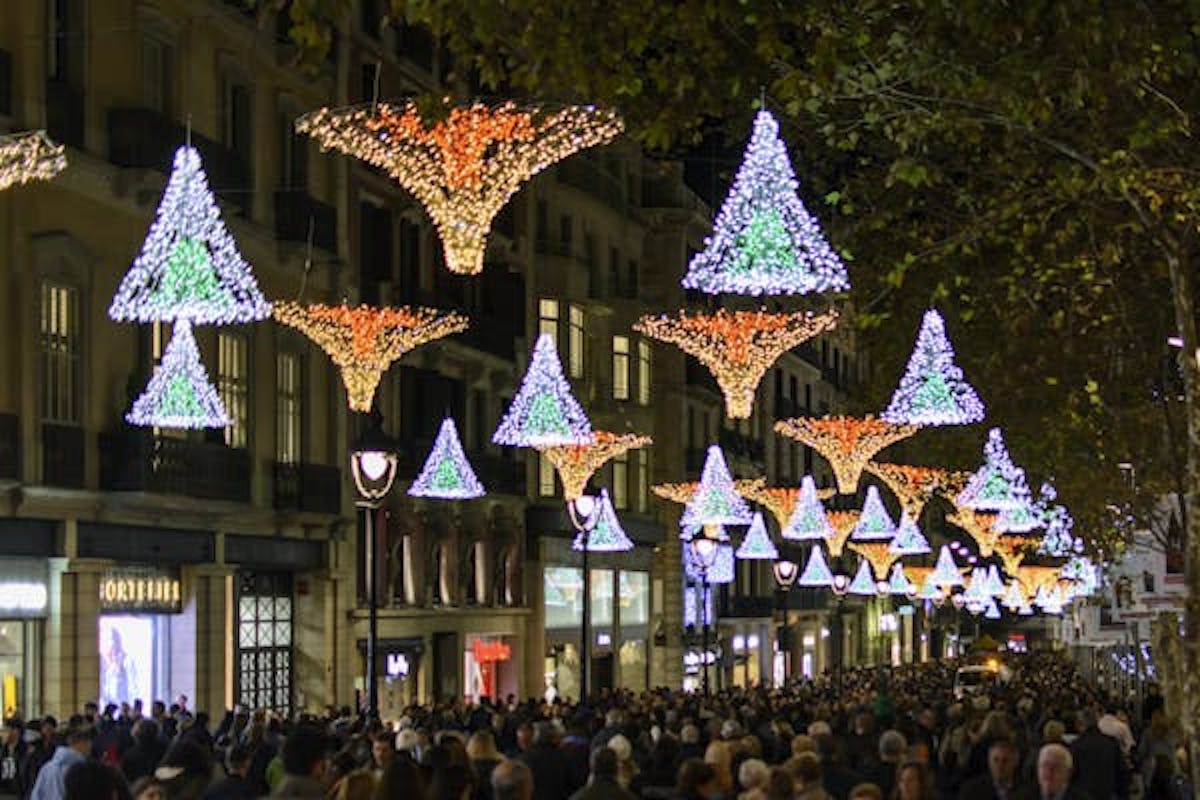Spain's Culinary Holiday Traditions

Christmas holidays are coming, Christmas holidays are almost here! In Spain, this time of the year is perfect for sharing long meals and table talks (known as sobremesas) with family and friends. The festive mood is particularly high on the feast days themselves, but the social get-togethers - which in the Iberian lands usually means sharing food and drinks - takes place throughout the holiday season. Needless to say, everybody adapts the menus to their preferences and budget, but if there is one date for a traditional Spanish meal, it is Christmas. Here are a few featured culinary traditions for the holidays!
It is common that lunch or dinner starts with little bites and cured products, including canapés, smoked salmon, spreads, foie-gras, jamón and cold meats. Seafood is an important element – boiled prawns and shrimps are both classic. This first sampling of products is usually followed by a consommé or a broth, which works like a warm closing of the first act.
While starters can change a bit more from one year to another, the recipes for the mains are usually a familiar thing cooked by generations. Among the vegetable-based mains, an example of regional tradition is the renowned cardoon cooked with almonds or jamón, a must in both Navarra and La Rioja. Another icon all around Spain is seafood soup, commonly made with pieces of fish, mussels and clams. Among the numerous regional versions for meat-based stews are two Christmas essentials: Escudellá in Cataluña and guiso de pollo y pava con pelotas, in Murcia. Though they follow different recipes, both of them count on a multiple meats made into meatballs – with the Catalan dish featuring larger football-shaped meatballs.
Roasting is a very popular technique used to prepare the main fish and meat dishes all around the country, whether it’s turkey, chicken, pork or veal fillet or bream. Regional must-have examples of this kind of dish can be found in both Castillas: roasted suckling pig (available at Leña) is a top preparation in Castilla y León, while roasted suckling lamb is king in Castilla la Mancha.
Another Catalan specialty, this one for the day after Christmas is canelones, which are typically prepared on December 26 with any leftovers from the feast day before. Whether it's turkey, chicken, pork, or veal, it can be rolled in pasta and smothered in Béchamel sauce. Get a recipe for Mercado Little Spain's canelones here!
Last but not least, the sweet world is full of traditions that normally arrive in the shape of dessert, but are not just reserved for after dinner. Turrón and mazapán (both of which have an almond base) and polvorones (made with pork fat, flour and sugar) are present at every table, no matter where we have the pleasure to eat during the holidays. Of course, the regional or local touch is always there: in Cantabria it is customary to cook torrijas (a kind of Spanish French Toast) to be eaten as dessert, while in the rest of Spain this preparation is normally consumed on Easter. And of course we need to mention the one and only, the classic, the cake that can be both an afternoon snack or breakfast, and the most wanted and anticipated as it arrives to the table at the end of the Christmas holiday, the 6th of January. The Roscón de Reyes, a sweet jewel-like cake often filled with whipped cream, can be served with coffee or chocolate or eaten on its own, but it’s always important to pay attention while you eat it – there is always a little surprise present hidden inside the Roscón and, following the tradition, the lucky one who gets it will be crowned king or queen!
ABOUT CLAUDIA GONZÁLEZ CRESPO
Claudia, a Spanish journalist and food writer, is passionate about the intersection of identity, culture, and cuisine. She currently works as a researcher for Bullipedia and content creator at elBullifoundation.
